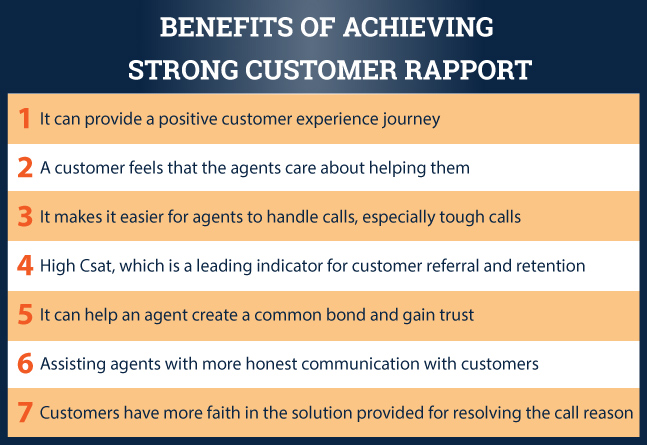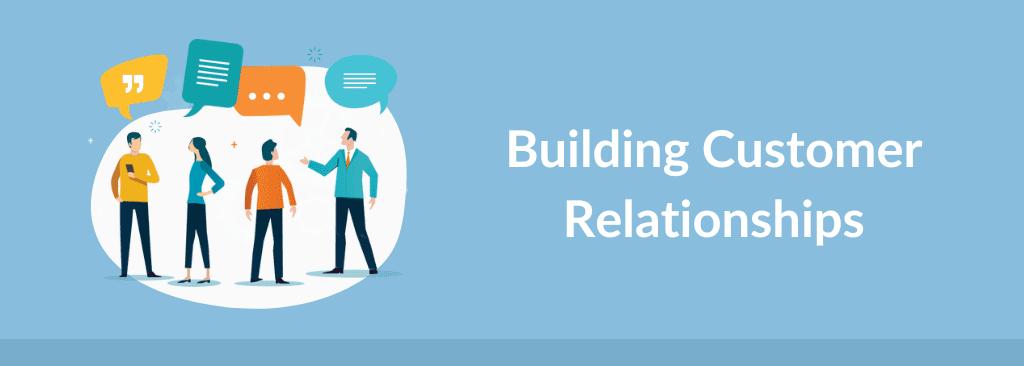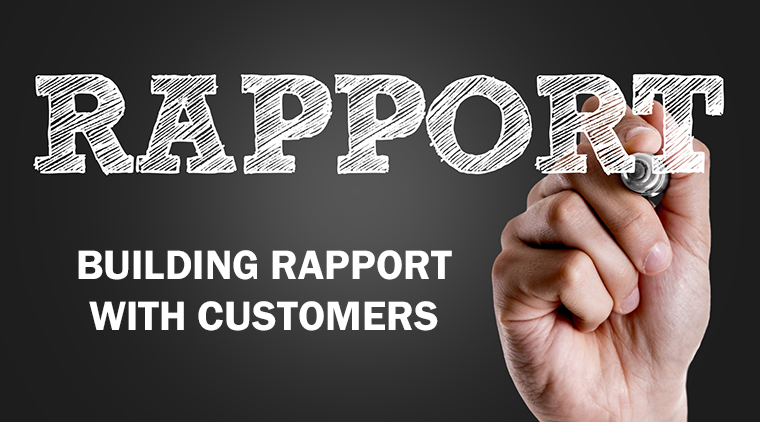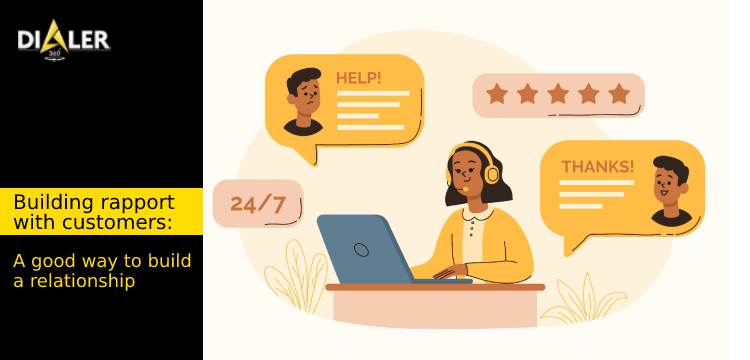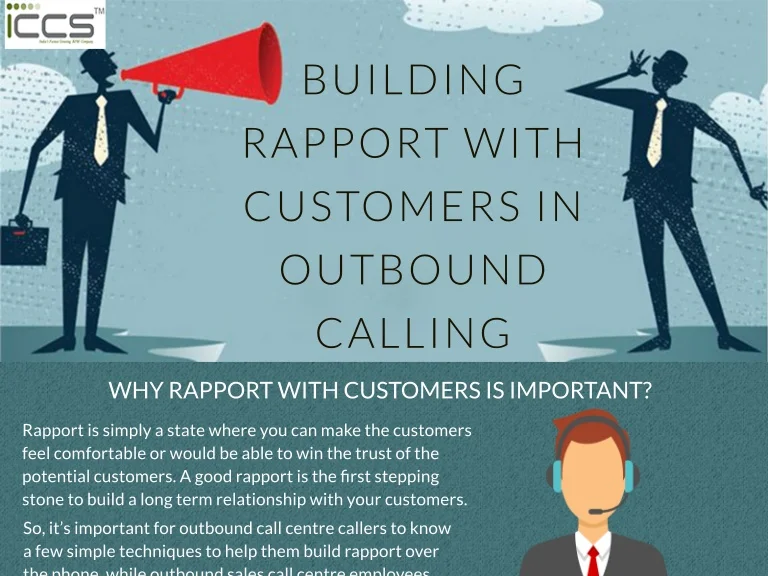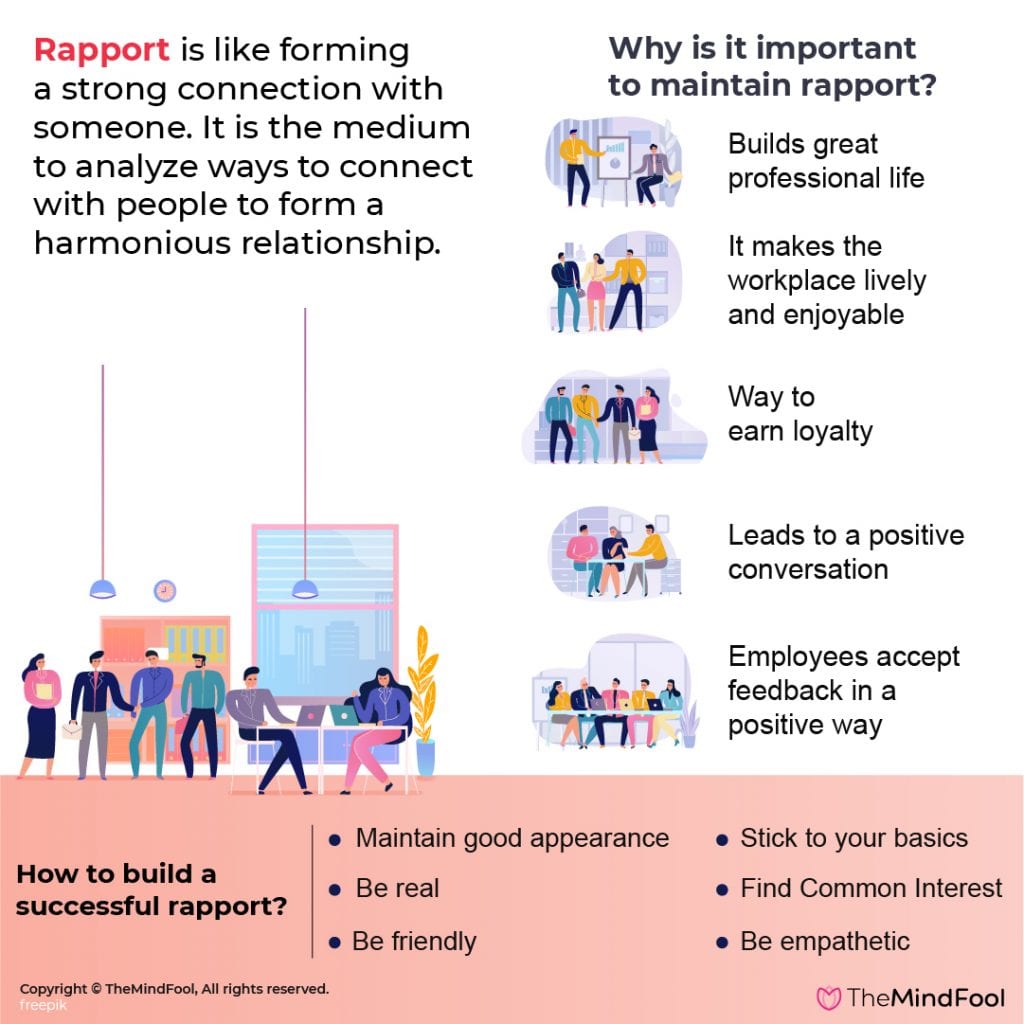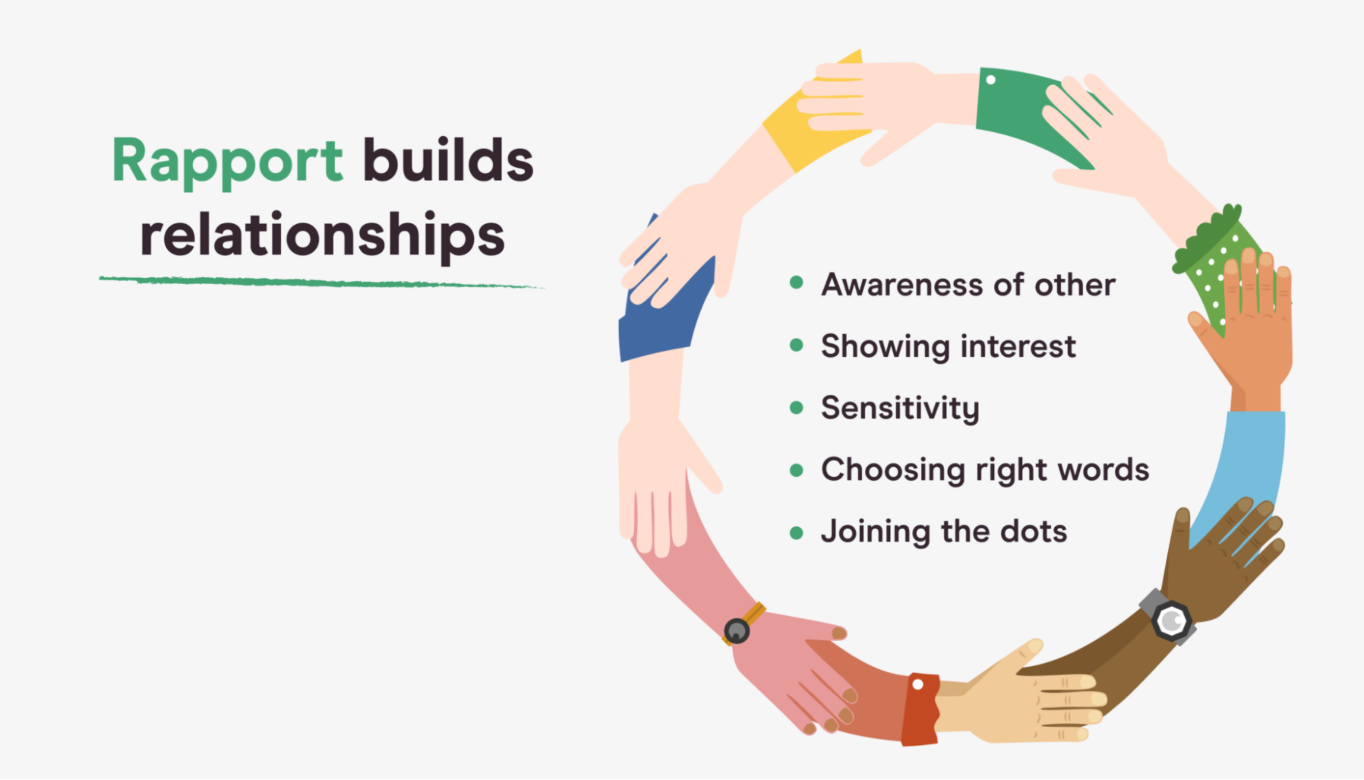How Do You Go About Establishing Rapport With A Customer
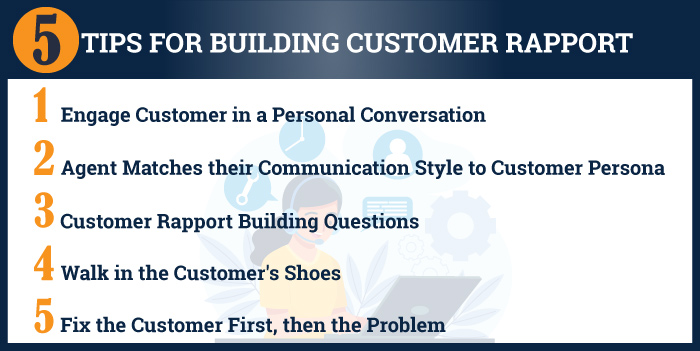
Customer interaction can make or break a business. Mastering the art of building rapport is no longer a luxury, but a necessity for sustained growth.
This article explores actionable strategies for establishing genuine connections with customers, turning fleeting transactions into lasting relationships.
Understanding the Fundamentals
Rapport isn't about forced smiles or hollow greetings. It's about creating a sense of mutual understanding and trust.
According to a 2023 study by Harvard Business Review, customers are 48% more likely to make a purchase when they feel a personal connection with the sales representative.
Active Listening: The Cornerstone
Truly listening is paramount. Avoid interrupting, and demonstrate that you're absorbing their words through both verbal and non-verbal cues.
Reflecting back what they've said demonstrates understanding, like, "So, if I understand correctly, you're looking for..."
This also helps identify their underlying needs, not just their stated wants.
Empathy: Walking in Their Shoes
Empathy goes beyond sympathy. It requires understanding the customer's perspective and feeling their emotions as if they were your own.
Responding with phrases like, "I understand how frustrating that must be" can immediately diffuse tension and build trust.
However, it's crucial to be genuine; insincere empathy can be easily detected and can backfire spectacularly, according to Forbes.
Personalization: Making It About Them
Generic interactions are a death knell. Customers expect to be treated as individuals, not numbers.
Use their name, remember previous conversations, and tailor your recommendations to their specific needs and preferences.
A 2022 McKinsey report found that personalized experiences can increase sales by 10-15%.
Finding Common Ground: Creating a Connection
Identifying shared interests or experiences can instantly create a bond. Look for opportunities to connect on a human level.
This could be as simple as commenting on a local sports team, or acknowledging a shared passion mentioned in their profile.
Be careful to keep it professional and avoid delving into overly personal or controversial topics.
Non-Verbal Communication: The Silent Language
Body language speaks volumes. Maintain eye contact, smile genuinely, and use open and inviting gestures.
Mirroring their body language subtly can also create a sense of connection, but avoid being too obvious, as it can come across as mocking.
According to Psychology Today, non-verbal cues account for over 55% of communication.
Following Up: Nurturing the Relationship
Rapport-building doesn't end with the transaction. Follow up after the sale to ensure satisfaction and address any concerns.
A simple thank-you note or a personalized email can go a long way in solidifying the relationship.
Regular communication, tailored to their preferences, keeps you top-of-mind and fosters long-term loyalty.
Ongoing Development: Mastering the Skill
Building rapport is an ongoing process, not a one-time event. Continuously seek feedback and refine your approach.
Attend workshops, read articles, and observe experienced professionals to hone your skills.
Businesses should invest in training programs to equip their employees with the necessary tools and techniques.
